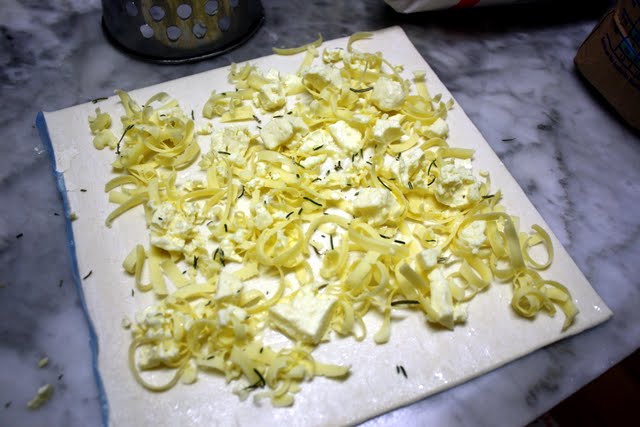I made soap yesterday from about 3kg of the mutton fat from the sheep I purchased last week. It is soap at it's most basic and cheapest.
It is a beautiful gentle white colour.
There are lots of step by step and how to guides on the net about making soap so I won't go into it here but reference some resources for you along the way.
A lot of people are surprised to find out that animal fat can be made into soap; in fact it is the most common as it is also the cheapest and a ready by-product from animal processing. In commercial circles, the ingredient on the soap that you buy, if listed, will be "tallowate".
It is much more preferable than palm oil that is also commonly used and is responsible for endangering orangutans and their habitats.
Animal tallow is available free or for a very small price from your butcher and if you ask nicely they may put it through the grinder also to make the job of rendering quicker.
We are fortunate enough to have a real commercial food processor and passed ours through a grating disk before rendering. This is ultra fine and we did it because we could but even chopping it up into small chunks is going to be fine for rendering too.
So after following the information in the link above, it is ready for making into soap.
I will list some of my suggested reading below but I believe Rhonda from Down To Earth has probably explained the process definitively and makes some very good points that I would also like to stress also.
-Soap making is a process involving chemical reactions (remember science lab days)
-All measurements MUST be weighed by weight not volume so a set of digital scales is vital.
-READ LOTS
-Have everything set out and organised before you begin.
So include this in your reading;
and the link that you really need for a soap calculator
I used these very inexpensive storage containers from a dollar store (so thrilled to find they were made in Australia).
The result was lovely large creamy blocks after being left to set for about 24hrs.
I cut these slabs with a long knife after marking them out roughly for size with a ruler.
Then I stamped an impression into some using ordinary stamp blocks by using firm downward pressure with the heel of my palm.
You are impressing rather than stamping in this case.
These are now placed on drying racks in an out of the way place for about 4-6 weeks to cure.
I am allergic to many essential oils and fragrances and have deliberately left this soap at it's purest and plainest. I think after many years of commercial brainwashing, we are a bit conditioned to expect our soap to look a pretty colour and smell like an exotic fruit bowl.
There are certainly lots of different things you can do to add fragrance and colour and many of those methods are quite natural and harmless.
For instance pink clay for a subtle pink colour. Dried flowers and tea leaves for subtle fragrances and textures.
Making soap requires care and caution but is a very easy process.
It is incredibly frugal at it's simplest and is good for your home and excellent for gifts.
It is recycling an otherwise wasted by-product.
Interesting huh?
I bought a sheep for meat and ended up with bones for stock and fat for soap and knuckles for games.
I am going to stop short at the innards. I think I've done a pretty good job and how could you not respect an animal who has supplied so much. That is why it is so exciting to be able to buy such an animal from
Black Ridge Farm where it was grown and farmed with respect. I see us as being part of a food chain. The food we grow and eat sustains us in so many ways. Removing ourselves from our food to the extent that we don't even visit a butcher but buy something faceless on a styrene tray means that we have totally lost respect for our food. We have devalued it. That roast, the stock, the soap...they were more than three years in the making. Makes you think huh? Everything nowadays feels so instant. We want, we buy, we have.
When you grow your food or at least give some pause and respect for the journey of food from paddock to plate, then you are starting to be truly nurtured by your food.

















































